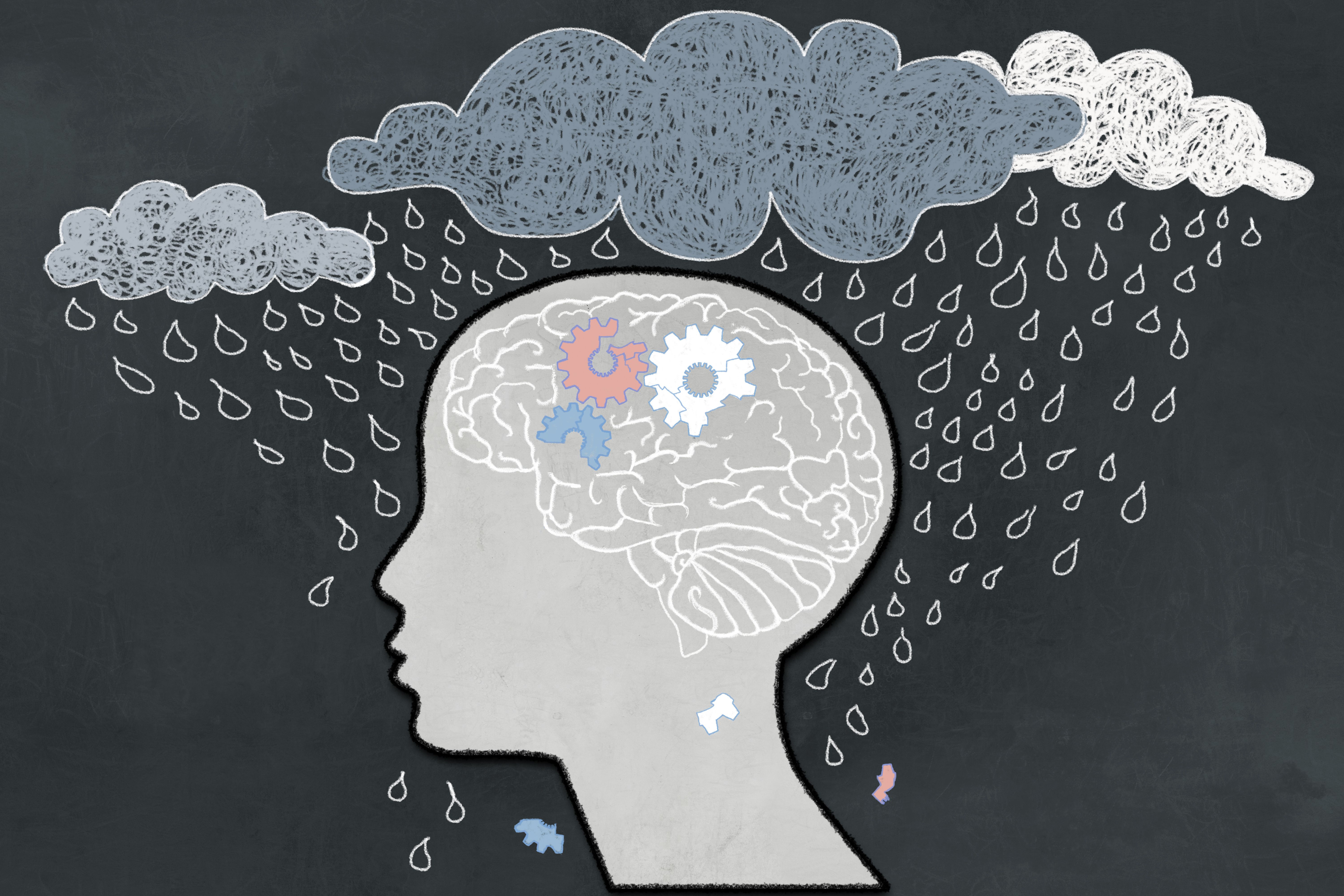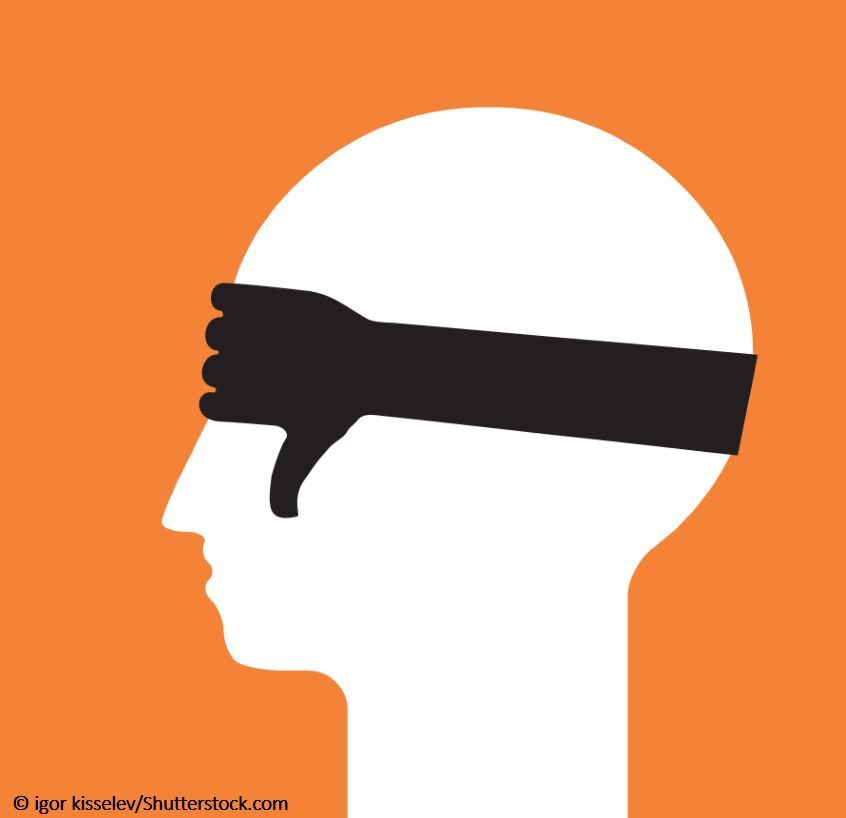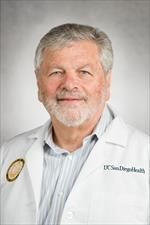Article
Counselors Turn Against DSM-5: Can APA Ignore 120,000 Users?
Author(s):
The users’ revolt against DSM-5 marches on and just became a much, much bigger parade.
The users’ revolt against DSM-5 marches on and just became a much, much bigger parade. There are 120,000 counselors in the US-more than 20% of all mental health professionals-and DSM-5 is integral to their daily work. The American Counseling Association DSM-5 Task Force, skillfully led by Dr Dayle Jones, has made a meticulous study of DSM-5 and is alarmed by many of its suggestions.
The following open letter from the ACA president to the president of the American Psychiatric Association, quoted in full, was just posted. It nicely summarizes what is wrong with DSM-5 and recommends essential corrective actions. How long can DSM-5 afford to battle with its users?
***
Dear Dr. Oldham:
I am sending this letter on behalf of the American Counseling Association (ACA), the world’s largest association for professional counselors. There are 120,000 licensed professional counselors in the United States; as such, we represent the second largest group that routinely uses the DSM.
ACA appreciates the efforts of the American Psychiatric Association (APA) and the Task Force to update the manual according to new scientific evidence. However, professional counselors have voiced several concerns about the DSM-5 development process and they have reservations about many of the proposed revisions. We believe resolving these issues are critical to counselors’ continued confidence in the DSM as a tool for competent and ethical diagnosis of psychopathology. Our concerns focus on empirical evidence, dimensional and cross-cutting assessments, field trials, the definition of mental disorder, and transparency.
Empirical Evidence. While we appreciate APA’s commitment to quality research, counselors are concerned that a number of the DSM-5 proposals have little basis in empirical studies. A systematic and independent review of the research base is critical when revising diagnostic criteria. Unfortunately, guidelines for conducting evidence-based reviews (eg, Kendler et al., 2009) were not provided to work groups until approximately 18 months after revisions had begun. The rationales posted on the DSM-5 website provide either incomplete or insufficient empirical evidence to support many of the proposed revisions. Reportedly in response to this, the DSM-5 Task Force appointed a Scientific Review Committee (SRC) charged with reviewing the empirical evidence supporting the proposed revisions. While we strongly applaud this decision, we would like more information as to how the SRC will conduct their review so that those outside the process can be assured of the solidity of the empirical evidence behind the proposals.
Dimensional and Cross-Cutting Assessments. ACA members were initially supportive of the idea of using dimensional and cross-cutting assessments, but our review of the proposed assessments on the DSM-5 website causes us considerable worry. Little information regarding scale development has been provided and, according to the field trial protocols, there is no evaluation using external validators. Furthermore, more than half the disorders-including important disorders such as attention-deficit/hyperactivity disorder and conduct disorder-have no assessments posted on the website, so we cannot effectively evaluate all of the measures being proposed.
Field Trials. Evaluating diagnostic validity using “a variety of external criteria” is essential in developing or revising diagnostic criteria (Kraemer, 2007, p. S9). Yet, the DSM-5 field trial protocols focus exclusively on reliability, feasibility, and user acceptability. There is an absence of external validators (i.e., evaluation of validity using external criterion measures); thus, there is no way of determining whether any of the proposed changes improve the validity of the DSM. Furthermore, since the DSM-IV and DSM-5 criteria are not being simultaneously applied to the same clients, there is no way to assess the impact of changes on prevalence rates of the various mental disorders.
Definition of Mental Disorder. The DSM-5 Task Force has proposed a new definition of mental disorder which includes, “A behavioral or psychological syndrome or pattern that occurs in an individual that reflects an underlying psychobiological dysfunction” (APA, 2011). Using the term psychobiological implies that all mental disorders have an underlying biological component. Although advances in neuroscience have greatly enhanced our understanding of psychopathology, the current science does not fully support a biological connection for all mental disorders. We therefore request that the definition of mental disorder be amended to indicate that mental disorders may not have a biological component.
Transparency. Although the DSM-5 Task Force has described its development process as “open, transparent and free of bias” (Kupfer and Regier, 2009, p. 40), all work group members were required to sign confidentiality agreements that prohibit them from divulging information about the DSM-5 process, even after it is published. Most problematic, the reports of the DSM-5 SRC are not available for public inspection, which is a violation of one of the most basic and vital tenets of science-open access to data and/or processes for independent evaluation and critique. Without full transparency and openness, counselors may have difficulty having confidence in and trusting the DSM-5.
In conclusion, based on these issues, professional counselors have expressed uncertainty about the quality and credibility of the DSM-5. Therefore, to ensure continued trust and confidence in the
DSM-5, we ask that the APA carry out the following recommendations:
1. Make public all empirical evidence submitted to the DSM-5 Scientific Review Work Group, as well as the group’s evaluations and recommendations.
2. Submit all evidence and data (from work groups and field trials) for review by an external, independent group of experts in evidenced-based decision-making and make the results of this review public.
3. Remove any DSM-5 proposed revisions deemed to lack strong empirical evidence by external, independent review, or add them to the Appendix for Criteria Sets Provided for Further Study.
4. Eliminate any dimensional or cross-cutting assessments that lack supportive reliability and validity evidence, limited feasibility and poor clinical utility.
We appreciate and value the work APA has done in developing a diagnostic classification system that is used by over half a million non-psychiatric mental health professionals in the United States. However, to produce a credible diagnostic manual, it is essential that the DSM-5 be based on research that involves rigorous, systematic, and objective procedures; an open process; and independent, objective scientific review.
Sincerely,Don W. Locke, PhDACA President
References [as they appear in Dr Locke's open letter, located at http://www.counseling.org/Resources/pdfs/ACA_DSM-5_letter_11-11.pdf.]
American Psychiatric Association (APA). (2011). Definition of mental disorder [sic]. Retrieved from http://www.dsm5.org/ProposedRevisions/Pages/proposedrevision.aspx?rid=465.
Kendler K, Kupfer D, Narrow W, Phillips K, Fawcet J. (2009). Guidelines for making changes to DSM-V. Retrieved from http://www.dsm5.org/ProgressReports/Documents/Guidelines-for-Making-Changes-to-DSM_1.pdf.
Kraemer HC. (2007) DSM categories and dimensions in clinical and research contexts. International Journal of Methods in Psychiatric Research, 16(S1), S8-S15.
Kupfer DJ, Regier DA. (2009). Counterpoint: Toward credible conflict of interest policies in clinical psychiatry. Psychiatric Times, 26(1), 40-41.





